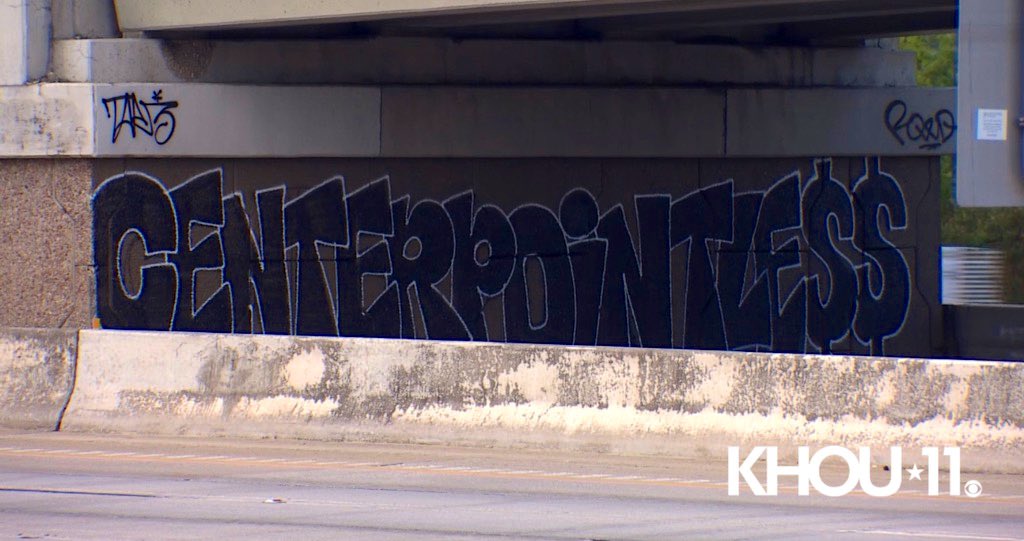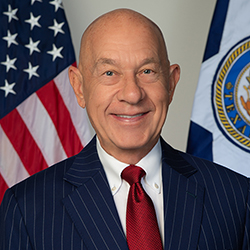A majority of the Texas State Board of Education signaled their support Tuesday for a state-authored curriculum under intense scrutiny in recent months for its heavy inclusion of biblical teachings.
Ahead of an official vote expected to happen Friday, eight of the 15 board members gave their preliminary approval to Bluebonnet Learning, the elementary school curriculum proposed by the Texas Education Agency earlier this year.
The state will have until late Wednesday to submit revisions in response to concerns raised by board members and the general public before the official vote takes place Friday. Board members reserve the right to change their votes.
The curriculum was designed with a cross-disciplinary approach that uses reading and language arts lessons to advance or cement concepts in other disciplines, such as history and social studies. Critics, which included religious studies experts, argue the curriculum’s lessons allude to Christianity more than any other religion, which they say could lead to the bullying and isolation of non-Christian students, undermine church-state separation and grant the state far-reaching control over how children learn about religion. They also questioned the accuracy of some lessons.
The curriculum’s defenders say that references to Christianity will provide students with a better understanding of the country’s history.
Texas school districts have the freedom to choose their own lesson plans. If the state-authored curriculum receives approval this week, the choice to adopt the materials will remain with districts. But the state will offer an incentive of $60 per student to districts that choose to adopt the lessons, which could appeal to some as schools struggle financially after several years without a significant raise in state funding.
Three Republicans — Evelyn Brooks, Patricia Hardy and Pam Little — joined the board’s four Democrats in opposition to the materials.
[…]
Board members who signaled their support for the curriculum said they believed the materials would help students improve their reading and understanding of the world. Members also said politics in no way influenced their vote and that they supported the materials because they believed it would best serve Texas children.
“In my view, these stories are on the education side and are establishing cultural literacy,” Houston Republican Will Hickman said. “And there’s religious concepts like the Good Samaritan and the Golden Rule and Moses that all students should be exposed to.”
The proposed curriculum prompts teachers to relay the story of The Good Samaritan — a parable about loving everyone, including your enemies — to kindergarteners as an example of what it means to follow the Golden Rule. The story comes from the Bible, the lesson explains, and “was told by a man named Jesus” as part of his Sermon on the Mount, which included the phrase, “Do unto others as you would have done unto you.” Many other religions have their own version of the Golden Rule.
Brooks, one of the Republicans who opposed the materials Tuesday, said the Texas Education Agency is not a textbook publishing company and that treating it like such has created an uneven playing field for companies in the textbook industry. Brooks also said she has yet to see evidence showing the curriculum would improve student learning.
Hardy, a Republican who also opposed the materials, said she did so without regard for the religious references. She expressed concern about the curriculum’s age appropriateness and her belief that it does not align with state standards on reading and other subjects.
Meanwhile, some of the Democrats who voted against the curriculum said they worried the materials would inappropriately force Christianity on public schoolchildren. Others cited concerns about Texas violating the Establishment Clause, which prohibits states from endorsing a particular religion.
“If this is the standard for students in Texas, then it needs to be exactly that,” said Staci Childs, a Houston Democrat. “It needs to be high quality, and it needs to be the standard, free of any establishment clause issues, free of any lies, and it needs to be accurate.”
Emphasis mine. The one good thing about this story is that this dumb curriculum is optional, so one can hope that most districts will choose to avoid it. In a better world it wouldn’t survive first contact with the federal judiciary, but in the world we inhabit it’s unfortunately very easy to see SCOTUS giving it the green light. As with many other things right now, there’s no easy way out.
By far the most enraging part of this story is this.
The decisive vote that could determine the fate of a state-proposed school curriculum under scrutiny for its heavy focus on Christianity will likely depend on a State Board of Education appointee who will only serve for one meeting and whom Gov. Greg Abbott favored over the Democrat voters elected to fill the seat next year.
The seat for State Board of Education’s District 13, which covers parts of North Texas, was vacated earlier this year by Aicha Davis, a Democrat who successfully ran to serve in the Texas House. Tiffany Clark was the only candidate to run for the District 13 seat. She received more than 416,000 votes in the general election.
Instead of appointing Clark to temporarily fill the vacant seat until her term officially starts in January, Abbott looked past her and instead appointed Leslie Recine, a Republican who will likely serve as the deciding vote on whether the controversial curriculum receives approval on Friday. Abbott appointed Recine four days before the general election when it was already clear that Clark, who ran unopposed, would win the race.
[…]
Clark said she would have voted against the materials if she had been chosen to serve on the board for this week’s meetings.
“I think that would have been the swing vote that was needed,” Clark told The Texas Tribune. “It would have been 8-7 in the other way.”
Clark expressed disappointment and frustration with the governor’s decision to appoint Recine. She criticized Abbott’s choice to have Recine serve on the board for only one meeting, when the board was scheduled to vote on the curriculum, despite the governor having plenty of time to fill the position in the months prior. Davis resigned on Aug. 1.
Clark said she believes Abbott chose Recine so she would vote in favor of the curriculum.
“I just wish the state leaders wouldn’t play politics with our kids,” Clark said.
Whatever else you might say about Republicans, especially in this state, they never miss an opportunity to exert power. It’s infuriating, but short of winning more elections I’m not sure what there is to be done about this. Add it to the ever-growing list of their sins and never forget that it happened.















:quality(75)/https://static.texastribune.org/media/files/a2eb1e91017143006fc84dffc91a9e89/Lake%20Texoma%20LS%20TT%2001.jpg)


